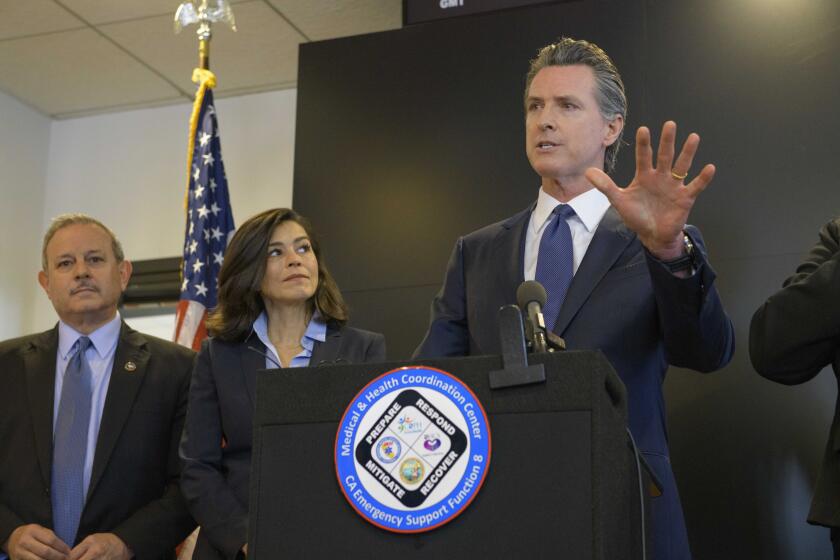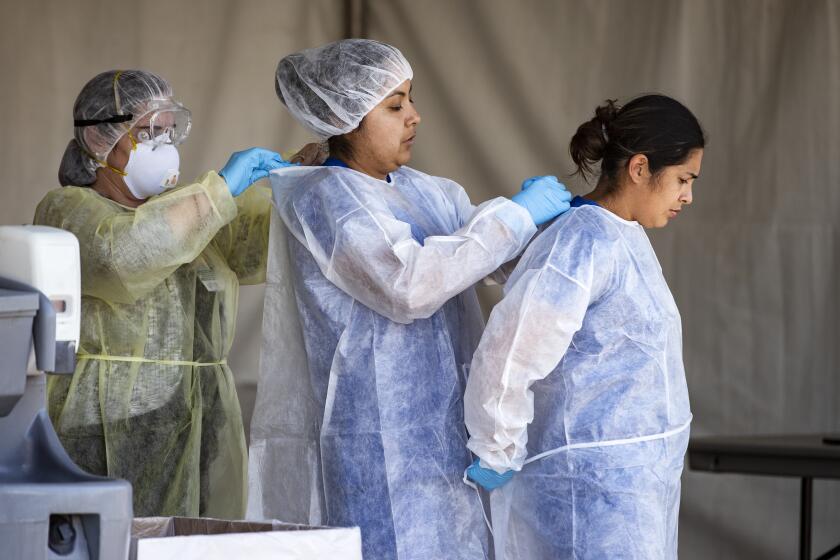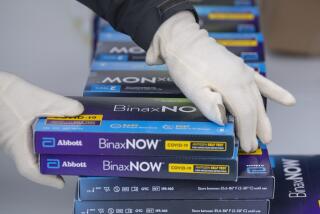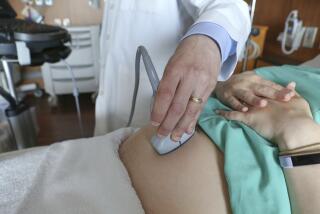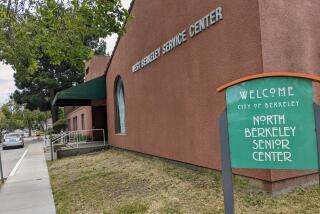Bottlenecks in coronavirus testing mean excruciating wait times for the sick
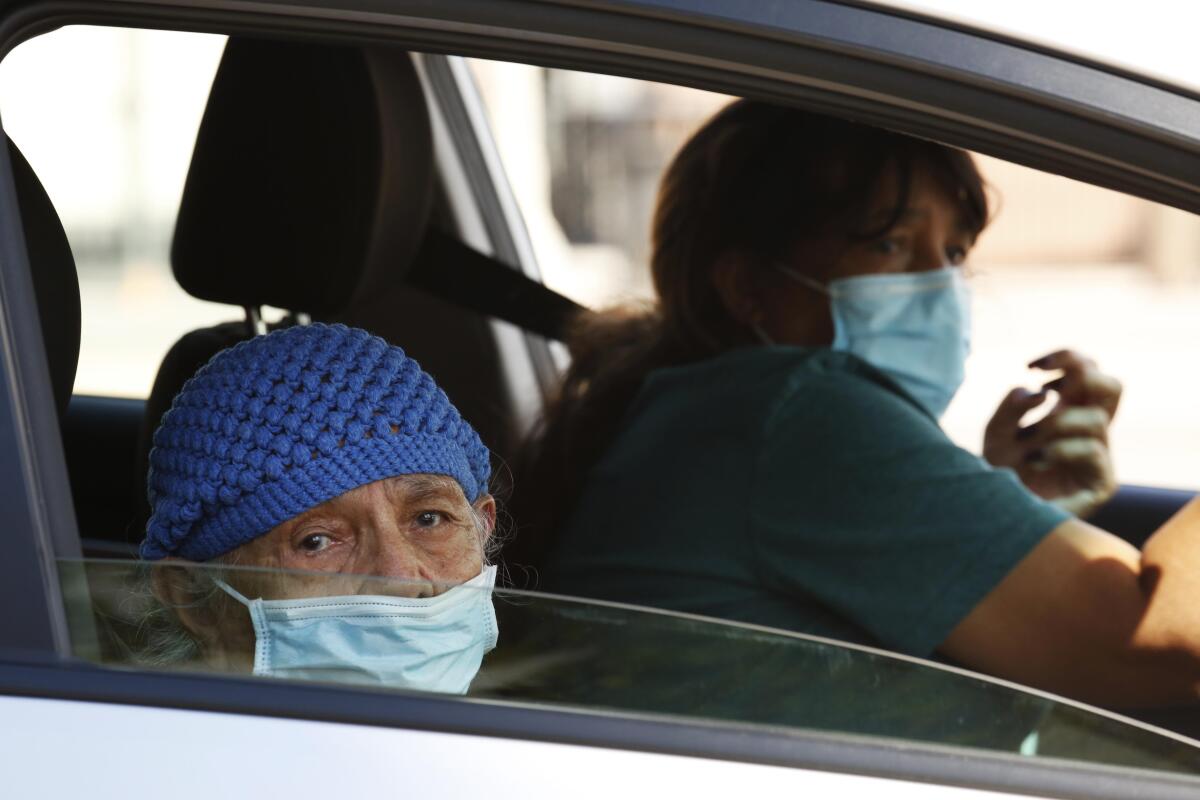
- Share via
Two weeks ago, Gov. Gavin Newsom announced that help was on the way for people wanting to be tested for the coronavirus.
A commercial laboratory called Quest Diagnostics, he said, would process 1,200 tests a day at its facility in San Juan Capistrano and quickly ramp up production to 5,500 per day.
“We’re increasing our capacity on an hourly basis,” Newsom said.
Yet it wasn’t just Newsom and Californians counting on Quest’s Capistrano lab.
Hospitals, doctors and governments across the country were being encouraged by the company and federal officials to send COVID-19 tests to that single Southern California lab for processing.
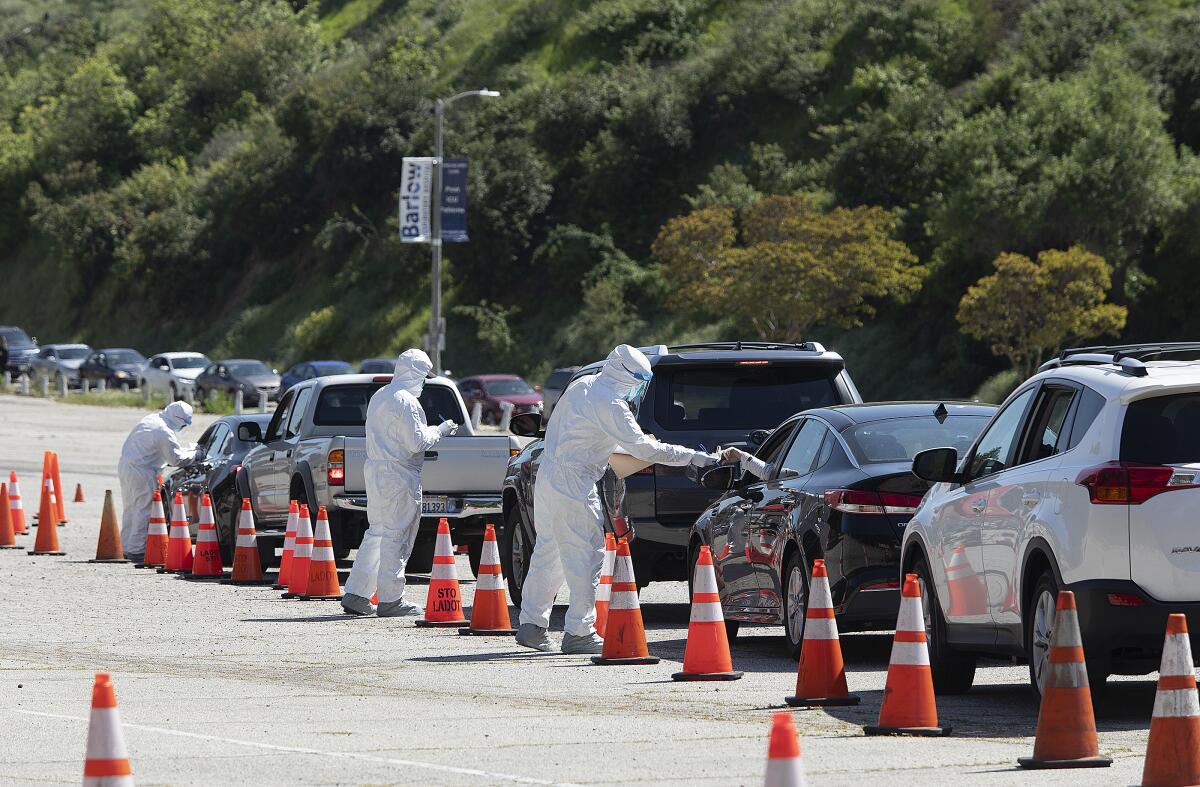
The deluge of samples caused a bottleneck that delayed turnaround times for results at a critical time, when doctors were struggling to identify those who had been infected, including among their own staff, to contain the spread of the virus.
The delays at the Capistrano lab highlight another early failure in the problem-plagued testing process: the inability of commercial labs to quickly ramp up processing of the tests, despite promises from Newsom and other politicians.
The latest updates from our reporters in California and around the world
The wait for test results has reached eight days at Emergency Medicine Specialists of Orange County, where doctors worry that patients may have infected staff members. Without timely test results from Quest, it’s uncertain whether they should continue caring for patients, said Dr. David Merin, an emergency room physician.
“Once they’ve been exposed, do you just have them work through the illness?” Merin asked. “Or pull them out of work until they have answers?”
The commercial labs have been viewed as a crucial component in the complex and far-flung testing process. Quest’s top executive, Stephen Rusckowski, was among the healthcare executives who stood by President Trump on March 13 as Trump announced “a new partnership with the private sector to vastly increase and accelerate our capacity to test for the coronavirus.”
“We want to make sure that those who need a test can get a test very safely, quickly, and conveniently,” Trump said.
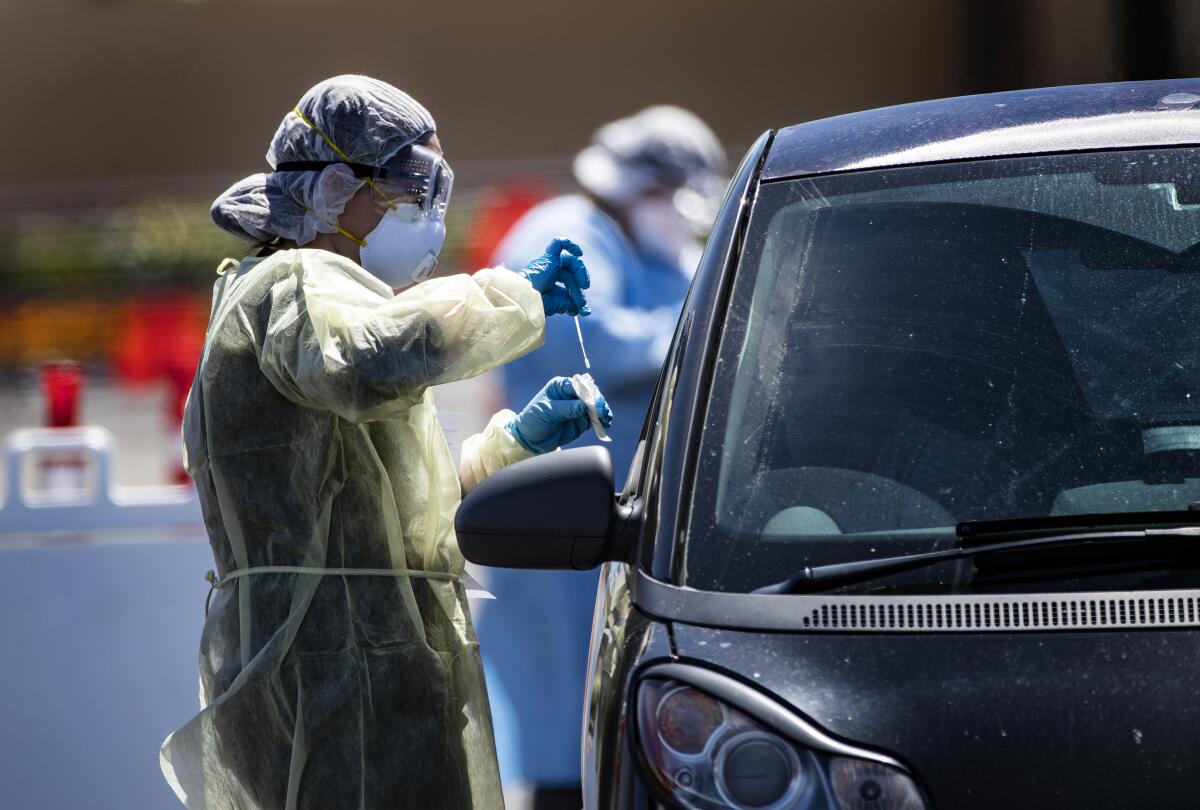
But the commercial labs have struggled to meet expectations as the already problem-plagued testing process exposed their shortcomings. They and the public and hospital labs processing the COVID-19 tests have run short on technicians and key chemicals.
And two weeks ago, they even made a plea for more funding after Vice President Mike Pence promised that the tests would be free for all Americans.
“Free testing for COVID-19 has now been promised to the American people,” Julie Khani, president of the American Clinical Laboratory Assn., wrote in a letter to congressional leaders. “Laboratories should not bear the cost of ‘free’ testing.”
There are signs that testing is accelerating. Wendy Bost, a Quest spokeswoman, said the Capistrano lab is now processing “several thousand” tests a day. “Our people are working around the clock,” she said.
She said the company also recently made changes that allow the COVID-19 tests to be processed at 11 other Quest labs across the country, reducing the reliance on the Southern California facility. By the end of last week, she said, the company expected its labs to be able to process 30,000 tests a day.
Gov. Gavin Newsom made a major announcement on healthcare workers Monday amid fight against the coronavirus.
LabCorp, the other major lab company, is now processing the tests at just four of its facilities, none in California.
“We are looking at all possibilities to increase our capacity both within our current testing laboratories and at our other labs,” a LabCorp spokesman said in an email on Thursday. He said the average wait time for results was four or five days.
Newsom said at a news briefing Wednesday that he had a task force working on increasing testing. According to California data, as of Wednesday afternoon, 77,800 tests had been conducted by Quest, LabCorp, Kaiser, Stanford, the University of California and other labs.
But the numbers show continuing problems: Results have not been received on 57,400 of those tests.
“It’s one thing to do the diagnostics,” Newsom said. “It’s another to get word back.”
With tens of thousands of patients awaiting their results, public officials don’t know how far the virus has spread and what efforts are needed to respond.
And patients often don’t realize that their specimens can be sent hundreds or thousands of miles away for processing.
In Oregon, Dr. Bob Dannenhoffer, the public health officer in Douglas County, said Thursday that he had not yet received results of samples taken nine days earlier at a drive-through test station at the county’s fairgrounds and sent to Quest’s Capistrano lab.
“We’re on the phone all day with them,” Dannenhoffer said, referring to Quest employees in Capistrano. “They’re trying but they just don’t know either” when the results will be sent.
An intensive care nurse at Cedars-Sinai Medical Center in Los Angeles said results have lagged for more than a dozen patients.
“For days and days, we still don’t have results back,” she said. She added that she did not know where the samples had been sent for processing. She hands the test samples off to transporters, she said, where it goes into “the black box.”
“Families are getting angry, but at this point, there’s nothing we can do,” she said.
Even the test sample from a patient that was first sent to a Utah lab ended up in the long queue at Quest’s Capistrano lab.
Nathaniel Rankin, a disabled 34-year-old man from Portland, Ore., said his sample was originally sent to ARUP Laboratories in Salt Lake City. But that lab, a nonprofit affiliated with the University of Utah, had stopped accepting samples on March 16, four days after beginning to accept them, according to its website. ARUP said it then sent some of the unprocessed samples it had received to other labs.
The death underscores what medical experts have been warning: Even young adults can be vulnerable to COVID-19.
Rankin tried to self-isolate but because of his disabilities had to allow home healthcare workers into his apartment. As he waited for his test results, he said, his coughing and fever grew worse, eventually forcing him to go to an emergency room.
Rankin, whose ordeal was first reported by the Oregonian, finally got the results from his test on March 25 — 13 days after he was tested. The results were negative. The test documentation said the sample had been processed at Quest’s Capistrano lab, he said.
Bost, the Quest spokesperson, said she did not know whether processing was taking longer at the company’s San Juan Capistrano lab than at its other facilities. She said it now takes an average of four or five days to get results of a COVID-19 test from a Quest lab. “For some providers, it can be a week,” she said, “for others it can be a day or two.”
She said that because of the delay the company is prioritizing samples for hospitalized patients and hospital workers with symptoms.
Times staff writer Jaclyn Cosgrove contributed to this report.
More to Read
Sign up for Essential California
The most important California stories and recommendations in your inbox every morning.
You may occasionally receive promotional content from the Los Angeles Times.


